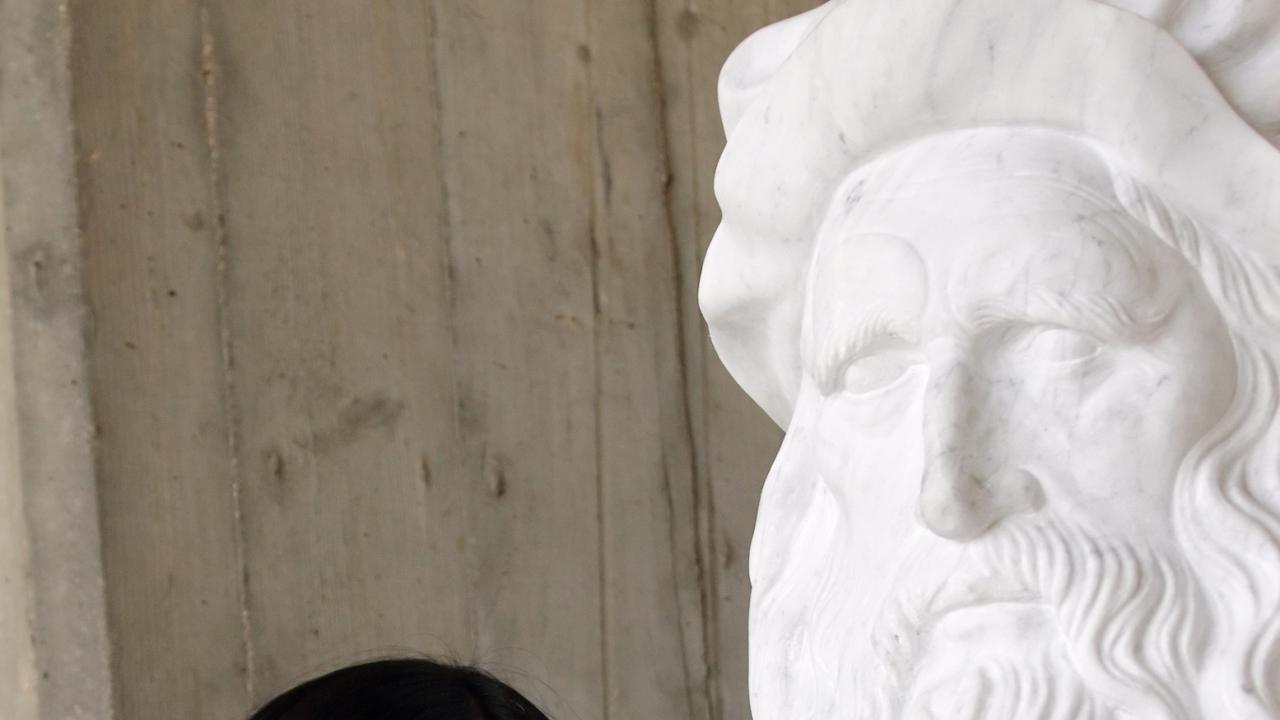
Three years ago, Typhoon Ondoy slammed into the Philippines, causing massive floods that were several meters high and leaving hundreds dead. Typhoons like Ondoy are a frequent problem for the Phillipines, yet the science available to understand and fully prepare for them is rather limited in the country. ICTP Earth System Physics diploma student Angela Cheska Siongco hopes to change this.
"You need a long term plan," she said, discussing Ondoy's devastation in the Filipino capital of Manila. "Nobody was prepared. Nobody knew what to do. Even if the natural disaster management in the Philippines knows the storm is coming, they just need to be better and smarter."
When Siongco finishes her research at ICTP, she wants to pursue a doctorate degree and then return to her home country to help it manage its response to dangerous weather systems. Interest in climate modelling and weather forecasting science in the Philippines is growing, she said. "But the science needs to improve. We need more people who can say definite things about (weather patterns)."
When she came to ICTP, Siongco took what she calls the "multidisciplinary approach" to earth system physics, studying the physics of the ocean, atmosphere and solid ground. Currently, she's using ICTP's regional climate model to work on cloud convection parameterization - representing clouds in climate models and resolving their effects on other parts of the climate.
Siongco initially had a choice between medical school and physics. Medical school was seen as the sensible option by most people she knew because of the financial stability is provides. She even had an easier time with chemistry and biology than physics in high school. But she decided to point her career in the more challenging direction of physics. She saw her college education as a chance to learn something she wasn't familiar with. Her parents were very supportive. "They just told me to do whatever I want, that I am responsible for my own choices," said Siongco.
Now that she's in Trieste studying physics with professionals in the field, she considers herself blessed compared to her peers in the Philippines. Scientists at ICTP, she said, have an attitude toward academics in which they openly share knowledge and pour themselves into their work. "The discipline is really here," Siongco said. "You see people working from 8 a.m. to 11 p.m. and it's just amazing. You don't see that in my country."
She likes atmospheric physics in particular because it's relevant to practical problems such as climate change and extreme weather patterns, which have a profound impact on countries like the Philippines. She doesn't find the theoretical half of physics as interesting as physical sciences with real-world applications. "In atmospheric physics I'm able to combine programming mathematics and physics," she said, which makes the field a good fit for her.
















